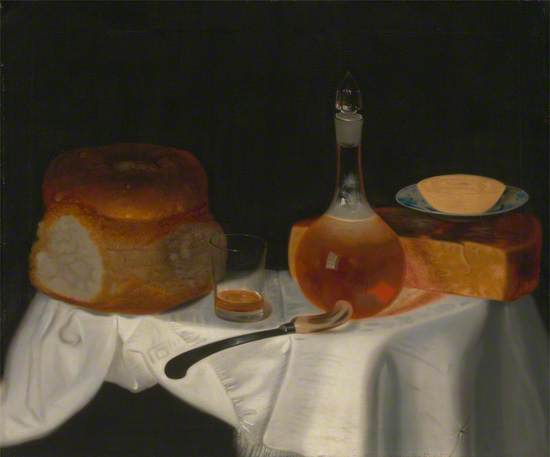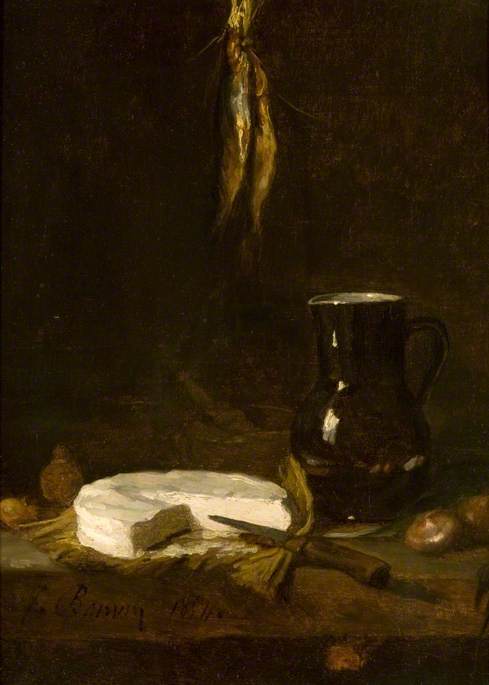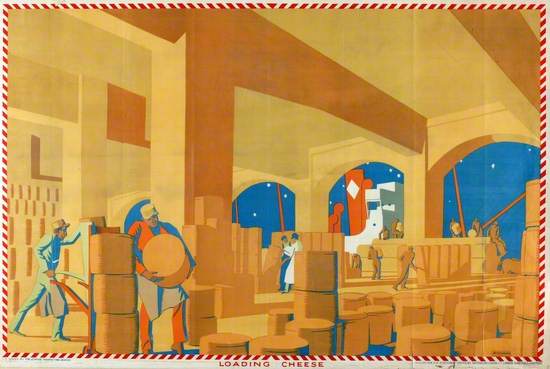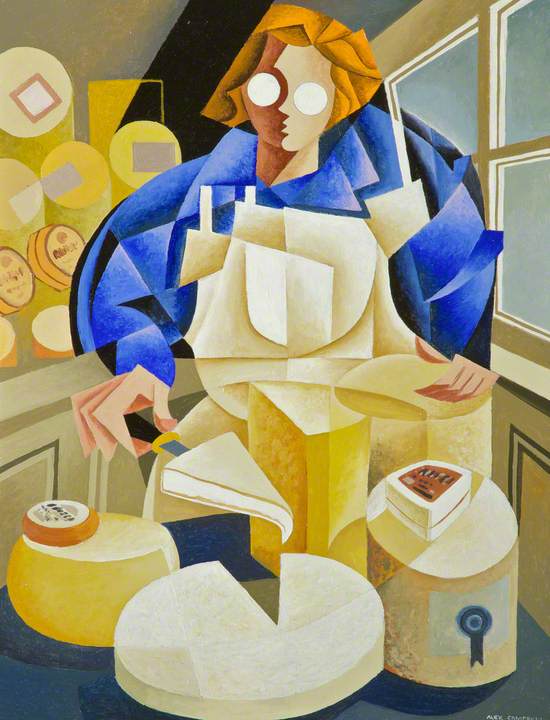Hello, my name is Bendor Grosvenor, and I'm an art historian. I love Art UK. I also make a podcast with Waldemar Januszczak, called 'Waldy & Bendy's Adventures in Art'. We both like cheese, so for my first Curations I've selected Britain's cheesiest paintings.
Cheese in western art, the beginnings
This still life shows how cheese painting began. An early master of still life painting in Europe was Joachim Beuckelaer. In works like this, he painted bountiful displays of food as a setting for a religious scene, the story of the Prodigal Son, which is seen in the background. The display of food in such pictures did not always have to have an obvious religious meaning itself, and the inclusion of a religious scene may have been merely a nod to respectability, at a time when art was intended to glorify religion. Two rounds of cheese, probably Gouda, are shown lower right, under the dead goose. Far into the background, what appears to be more cheese is being loaded onto a sledge.
Joachim Beuckelaer (c.1533–1574)
Oil on canvas
H 157.7 x W 215.5 cm
The National Gallery, London
Stacks of cheese
By the 17th Century, still life painting focused more on the pictorial aspects, such as illusion and technique, than any obvious religious aspect. In works such as this, stacks of cheese often helped give structure to a composition. Here we see a fine piece of Gouda, and above it a darker, more aged cheese. To the left is a plate of butter. Such pictures also celebrated Dutch agriculture.
Floris Gerritsz. van Schooten (c.1585–after 1655)
Oil on panel
H 39 x W 57 cm
City of London Corporation
Cheese and animals 1
There are 3,602 still life paintings on ArtUK, and lots of them feature cheese. This is the only one to feature a parrot as well.
Spanish School
Oil on canvas
H 73.4 x W 92.8 cm
The Bowes Museum
An English cheese lover.
We tend to think of still lifes like this as being mainly by Continental artists. There were some British artists painting such scenes however, and George Smith was one of the best.
George Smith (1714–1776)
Oil on canvas
H 63.8 x W 76.2 cm
Yale Center for British Art
A lovely ripe brie.
Brie first came to fame in the 8th Century, when the Emperor Charlemagne stopped for lunch at the Priory of Rueil en Brie. He liked their cheese so much he ordered regular deliveries. This painting is made by Francois Bonvin; you may have heard the famous saying, 'du pain, du vin, du Bonvin'.
François Bonvin (1817–1887)
Oil on canvas
H 34.9 x W 28.3 cm
Glasgow Life Museums
Cheese and animals 2
This is typical of the sort of sentimental, narrative subject that dominated painting for much of the later 19th Century. Many such works included pets. If it was a Facebook photo, it would get a lot of likes. But it's not great art.
Henriette Ronner (1821–1909)
Oil on canvas
H 49 x W 61 cm
The Stirling Smith Art Gallery & Museum
Carrying cheese
Cheese can be heavy! The Alkmaar cheese market in the Netherlands has been going since 1365. The town had the only set of working scales in the area, so everyone brought their cheese in to be weighed. It was carried on sledges, like that seen in the background of our first painting, by Beuckelaer. The people here are called 'kaasdragers', or cheese porters. They're carrying roughly my and Waldy's weekly cheese ration.
Playing with cheese.
Cheese is such a versatile food, it can even be used in sport! In Gloucestershire, cheese rolling - where people chase a 4kg round of cheese down a hill - was first recorded in 1826. They use Double Gloucester cheese.
Charles March Gere (1869–1957)
Oil on canvas
H 62.5 x W 75.3 cm
Gloucester Museums Service Art Collection
Cheese in Empire
Cheese was a big deal in the days of the British Empire. In the early 20th Century there was a great debate in Britain about whether we should embrace a system of free trade, or give trading preference to goods from the British Empire. This poster was part of an advertising campaign by the Empire Marketing Board to promote cheese from the Empire. Imperial Preference was not a success, and came to an end after World War Two, when the UK signed up to GATT (predecessor of the WTO).
Allan McNab (1901–1982) and Waterlow and Sons Ltd (active 1810–1960s) and Her Majesty's Stationery Office (HMSO)
Lithograph on paper
H 102 x W 152.5 cm
Manchester Art Gallery
Cheese in wartime
During World War Two, the weekly cheese ration per person went down to just 2 ounces. 2 ounces! As you can see here, that's not even enough for a decent toastie.
Leonora Kathleen Green (1901–1966)
Oil on canvas
H 40.5 x W 51 cm
IWM (Imperial War Museums)
Cheese in contemporary art
I'm struggling to find much cheese in British contemporary art. Here's an interpretation of cheese made out of wood, from 1988. Not much good for a sandwich!
John Cobb (b.1946)
Wood
H 22 x W 34.8 x D 32 cm
Arts Council Collection, Southbank Centre
'I'll take it all, please'
All of this cheese curating is making me hungry. So I'm off to the cheesemongers. Stay safe everyone, may your lockdowns be full of cheese!
Alex Campbell (b.1936)
Acrylic on canvas
H 58.5 x W 43.4 cm
Weaver Hall Museum and Workhouse
Explore artists in this Curation
View all 14-
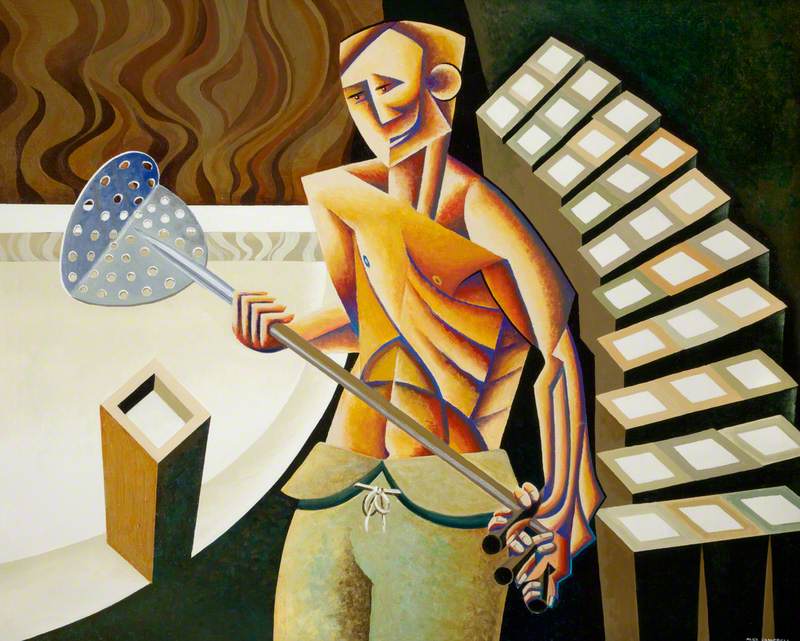 Alex Campbell (b.1936)
Alex Campbell (b.1936) -
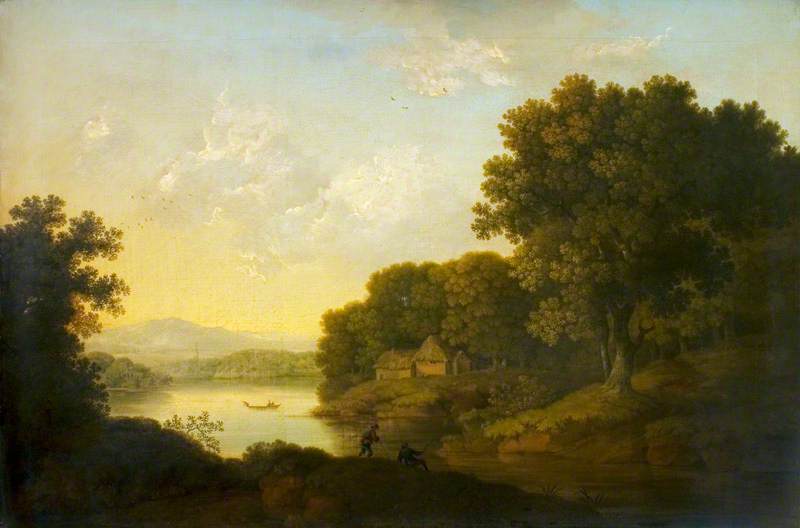 George Smith (1714–1776)
George Smith (1714–1776) -
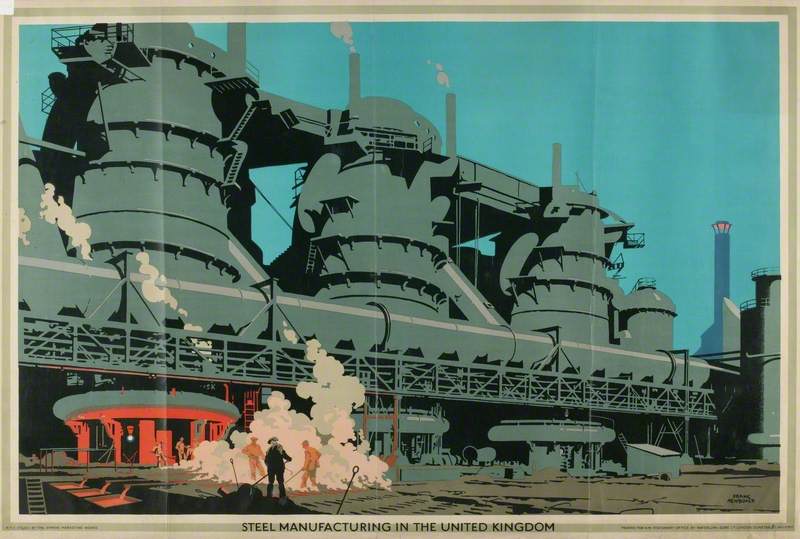 Waterlow and Sons Ltd
Waterlow and Sons Ltd -
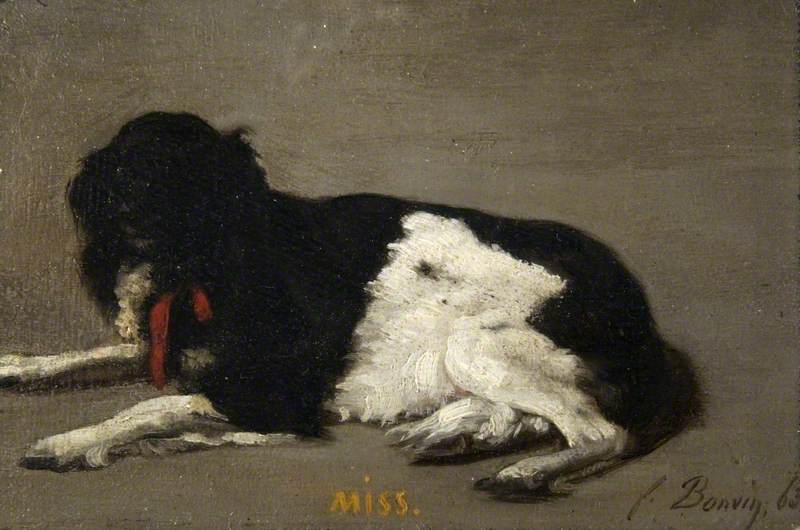 François Bonvin (1817–1887)
François Bonvin (1817–1887) -
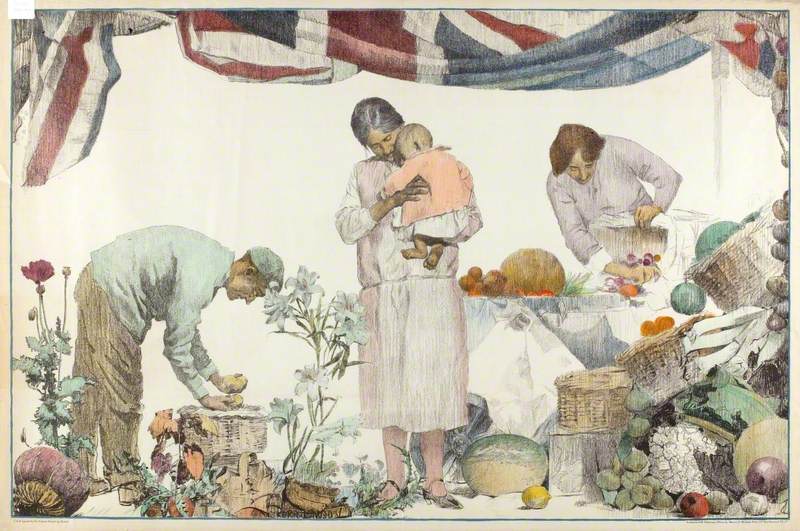 Her Majesty's Stationery Office (HMSO)
Her Majesty's Stationery Office (HMSO) -
 Charles March Gere (1869–1957)
Charles March Gere (1869–1957) -
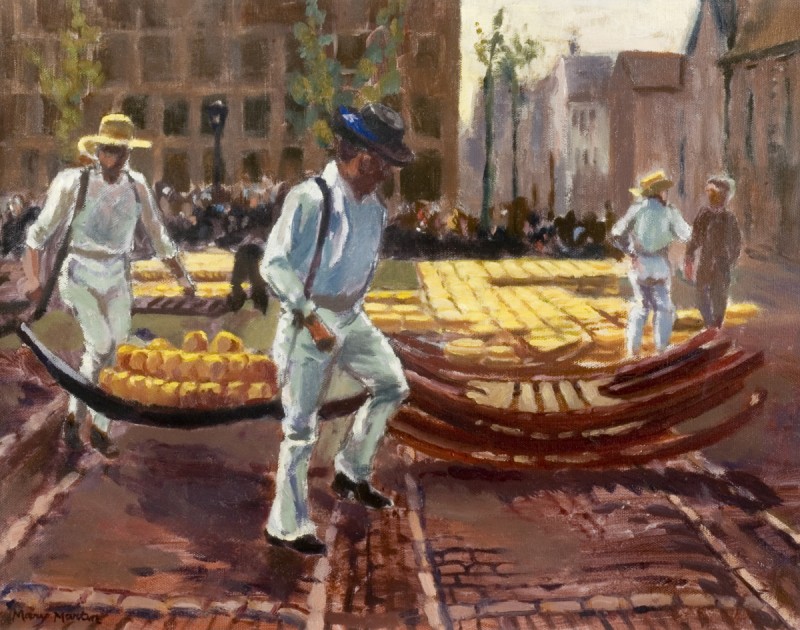 Mary Martin
Mary Martin -
 Leonora Kathleen Green (1901–1966)
Leonora Kathleen Green (1901–1966) -
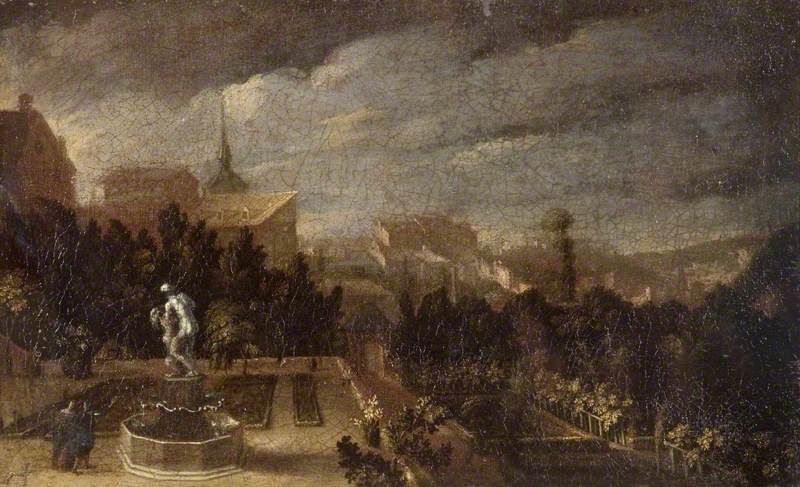 Spanish School
Spanish School -
 Floris Gerritsz. van Schooten (c.1585–after 1655)
Floris Gerritsz. van Schooten (c.1585–after 1655) - View all 14



